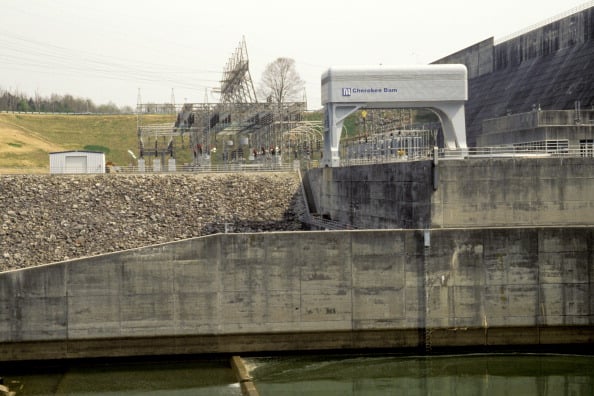UPMG2022: A Utility’s Category Management Transformation

Tennessee Valley Authority’s (TVA) supply management team in 2016 rebooted its category management program to reduce risk and cost and improve opportunities — and also capture savings in a more strategic way that better aligns with internal business units.
TVA’s supply chain function manages more than US$3 billion in spend. The public utility, based in Knoxville, Tennessee, serves 9 million customers through its wholesale distributor of power to 153 local power companies.
The team’s focus areas included:
- Maintaining the fabric of supply chain over the long haul through such measures as partnerships with business units and project management teams
- Increasing educational measures through additional contract management tools and resources while maintaining good project documentation
- Exposing more employees in other departments to category management and its benefits
- Identifying areas in which cost savings could be achieved, approved and validated by business units and finance.
A Five-Step Process
Peter V. Poggi, TVA’s category manager, ensured all supply management personnel received uniform category management training, using a five-step process: (1) assess the opportunity, (2) develop strategy, (3) initiate the RFP process, (4) negotiate and (5) manage performance. Business unit partners were also educated on the method and the process.
Assessing the opportunity was considered the most important step — and one that could effectively further the program’s sustainability. Thoroughly evaluating the market and spend (whether fragmented or not), would provide an indication of the project’s success. Early projects pertained to pumps and valves, information technology (IT) and maverick spend, among other areas.
Initially, contract managers presented progress to the vice president of supply chain during quarterly meetings; these eventually became weekly meetings with the entire supply chain function.
Additionally, business-unit partners and teams worked closely to build sourcing plans, which helped to identify opportunities for future savings. Additionally, data visualization technology was used to develop a “contract finder” dashboard, which helped to identify contracts and associated personnel for better supply chain and operations communication.
Knowledge Enhancement
Utilizing such tools and resources as PowerAdvocate and ProcurementIQ supported our category understanding and negotiations. Particularly helpful: the fragmentation tool in PowerAdvocate and ProcurementIQ’s white papers on products and commodities, which helped with strategy and RFP development.
For example, by using ProcurementIQ’s white papers and PowerAdvocate’s digital cost models and commodity database/forecasts, we can monitor external market movements that could create inflation-driven risk — or opportunity in times of deflationary market pressure — for the items and services we procure.
We’ve also worked with PowerAdvocate to ensure a complete, accurate and granular view of our category and supplier spending, which can then be connected to its market data models/forecasts to help understand and predict the dollar-weighted effect of market movements. Additionally, we’ve worked to streamline our go-to-market activities using PowerAdvocate’s e-sourcing technology, leaving more time for strategy development and other value-add analytics to help ensure we’re properly managing costs and risk.
Improving Cost Savings
Once the program was stabilized, the supply chain function strengthened its partnership with finance, which was key to ensuring business units supported the savings. Those savings that truly could be recognized as a budget impact were validated by finance as “gold,” a term coined by Poggi.
Since the reboot, more than $48 million in total savings — including soft or avoided savings — has been validated by finance. The power operations business unit experienced the most transformative change; it began to identify opportunities for “bundling” scopes across its fleet, which attributed to more than $2.8 million in savings.
Howell Conway, manager, power operations sourcing, stated, “Our collaborative work with power operations and dam safety business partners has led to a viable approach to cost savings and negotiation planning that increases hard cash savings and better supports operational asset strategies.”


